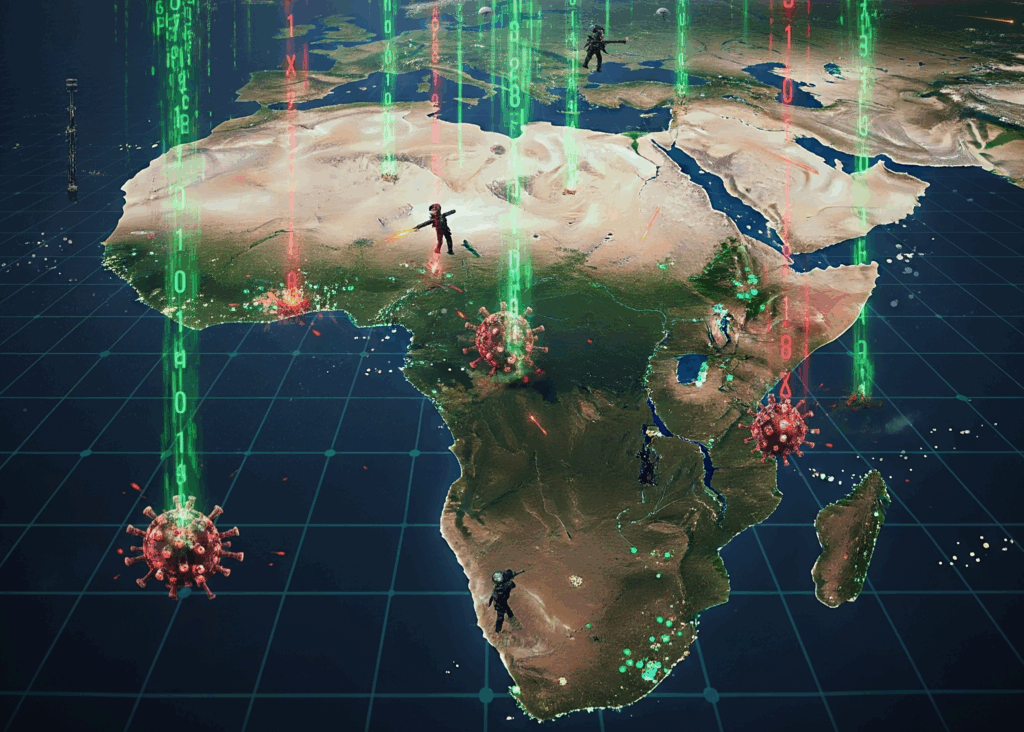Climate crisis deepens hitting Kenya's most vulnerable first

[FILE/STANDARD]
Barack Obama, the 44th President of the United States of America, who has roots in Kenya, once said, “We are the first generation to feel the effects of climate change and the last generation who can do something about it.”
As the climate crisis deepens and shapes global geopolitical interactions, its catastrophic effects continue to be largely felt by people who have contributed little to its cause — frontline communities across Africa and the Global South.
Communities who rely on nature for their livelihoods face devastating climate change impacts, manifested through recurring droughts, erratic rainfall, intermittent floods and shifting seasons, occasioning massive losses and damages at different levels. These impacts have been intertwined with global challenges and dynamics, including conflicts, economic crises and pandemics, among many others.
The 2024 World Bank report released this year indicates that Kenya is among the countries with resilient economies in the face of regional and global shocks, including — but not limited to — climate change, severe inflation, and the negative business sentiment following the mid-2024 protests.
The report states that at the international poverty rate ($2.15 in 2017 ), poverty in Kenya is projected to decline by half a percentage point to 34 per cent in 2025.
Though there are signs of the economy rebounding, the Bank warns of a slow decline unless the projected growth is translated into higher income for the poor — and that, in the process, efficiency should prevail.
This warning should serve as a wake-up call to those in authority to understand that the resilience of the country’s economy must begin, first and foremost, with building resilience and enhancing incomes for poor individual citizens and households.
Crucially important is the fact that more than 75 per cent of the Kenyan population relies on rain-fed agriculture for their survival, and given recent realities, climate shifts have made these communities more vulnerable to climate shocks. Over the years, climate-related disasters have compounded food insecurity — in Kenya, regionally and across the continent.
The spatial setting tied to climate vulnerability is an old narrative.
Though respective ecological zones face climate change impacts differently, the issue goes beyond spatial settings — and communities living in those regions can tell vivid stories of the challenges they face.
In this regard, social clusters and ecological configurations are key in determining who is affected and what structures are in place to address emerging climate-induced issues. A typical example is the pastoralist communities in Northern Kenya, who have persistently faced internal displacements as conflicts over grazing areas and water points escalate.
Deadly inter-community clashes have resulted in fatalities and property loss.
A case in point is the violence that erupted in 2021 between Baringo and Laikipia counties, where herders invaded conservancies in search of pasture for their livestock.
Stay informed. Subscribe to our newsletter
Two hundred and thirty-nine people lost their lives in the region — mainly in the counties of Laikipia, Baringo, Elgeyo Marakwet, Turkana, Samburu and West Pokot.
The climate emergency has forced women and children to walk long distances to fetch water, men to leave their homes in search of food for their families, and the elderly and disabled to struggle with adapting to harsh climatic conditions in their countries and neighbourhoods.
What does this mean for Kenya, with its fragile ecosystem? Billions of shillings that could have supported the building blocks of the national sustainable development blueprint, Vision 2030, have instead been diverted to save lives and repair the damage caused by droughts and floods.













